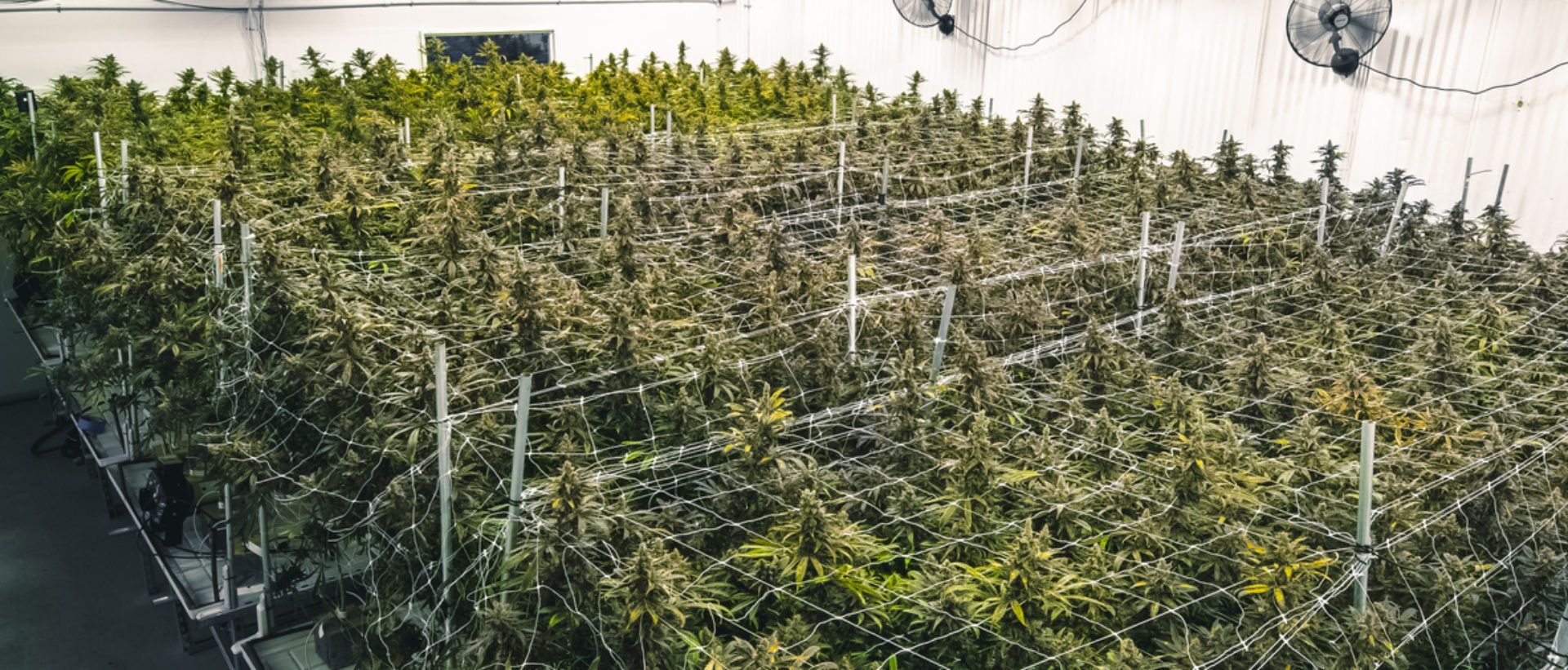As the cannabis industry matures, large-scale distribution networks are implementing innovative, measurable strategies to reduce their carbon footprint. These efforts span vehicle upgrades, optimized routing, packaging innovations, and supply chain choices—all targeting sustainable bulk movement.
Electrification & Eco-Friendly Fleets
Bulk logistics are transitioning from diesel-heavy rigs to electric or hybrid vehicles. According to industry guides, route optimization combined with electric fleets substantially cuts greenhouse gas emissions and fuel costs over time. Specialized heavy-duty e-trucks equipped with charging-optimized routing algorithms can reduce carbon by up to 28% compared to diesel trucks. Though upfront investments are significant, long-term savings and environmental gains make them compelling for high-volume distributors.
Route Optimization & Load Consolidation
Distribution networks employ AI and route-optimization software to reduce mileage and CO₂ emissions. Bundling deliveries and eliminating empty return trips has proven effective—simulations from Austria showed a 34% emissions reduction when routes were consolidated. Logistics professionals in cannabis transport leverage such platforms alongside load board systems to maximize efficiency.
Renewable Energy in Warehousing & Cold Storage
Cannabis bulk distributors often utilize large warehouses and cold storage facilities. Many are installing solar panels and moving to LED lighting and ground-source heat pumps—strategies common in sustainable logistics—which significantly reduce energy consumption. LED retrofits and motion-sensor lighting are also standard for minimizing greenhouse gas footprint.
Sustainable Packaging & Reverse Logistics
Bulk distribution extends beyond transport. Packaging—especially for compliance-mandated units—is a major waste source. New tagging and packaging systems are reducing plastic use by around 30%, saving thousands of pounds annually. Some networks implement “circular economy” practices—composting biomass trim, recycling packaging, and developing take-back programs—to close supply loops and shrink waste.
Shifting Cultivation Patterns & Outdoor Sourcing
Though cultivation falls outside direct logistics, distribution networks can source more from low-carbon operations. Moving supply away from energy-intensive indoor grow facilities toward outdoor or greenhouse-grown cannabis can cut lifecycle emissions by up to 80%. Bulk buyers increasingly favor suppliers using natural light, LED enhancements, and renewable-powered energy systems.
Embracing Certifications & Reporting Frameworks
Large operations are adopting sustainability certifications like Clean Green, B Corp, and LEED, which ensure accountability across distribution operations. Regulatory bodies (e.g., in New York State) are also requiring resource benchmarking—covering lighting, energy, water, and carbon tracking within licensed supply chains. This promotes continuous improvement and transparency.
Forward-Looking Trends & Industry Outlook
Pioneers like Glass Pharms in the UK illustrate the future of low-carbon distribution. Their anaerobic-digester‑powered facility runs entirely off locally sourced renewable heat and power, achieving carbon-neutral indoor cultivation. Similar principles are finding their way into North America as large-scale logistics networks integrate renewable energy and circular systems—laying the groundwork for a greener supply chain.
In the U.S., states such as Colorado are piloting energy-saving regulations for cannabis logistics, incentivizing indoor facilities to adopt LED lighting and resource efficiency standards. As legalization expands, federal and state frameworks will likely include provisions encouraging low-carbon transport hubs, green warehouses, and eco-conscious delivery mandates.
Bulk cannabis distribution networks are increasingly prioritizing sustainability. By electrifying fleets, consolidating loads, minimizing packaging waste, sourcing from low-carbon growers, and adopting renewables and certifications, these networks are reducing emissions while controlling costs. The result: a bulk distribution model built on environmental responsibility—setting industry standards and meeting rising consumer expectations.

